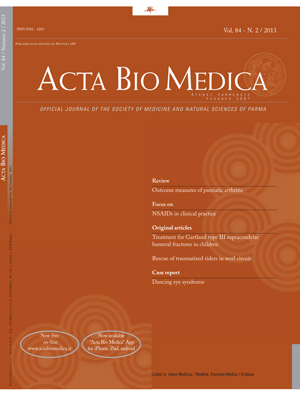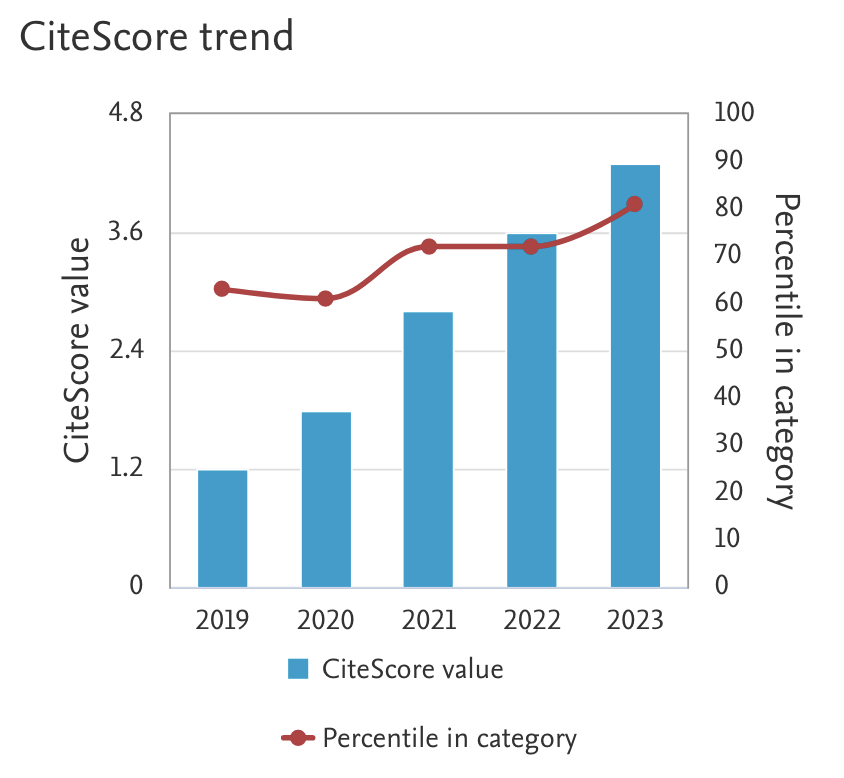Rescue of traumatized riders in world circuits: a comparison between skidboard vs scoop Exl65 and aluminium scoop stretchers
Abstract
We compared the following stretchers to identify the better and safer to immobilize a fallen rider on the track. The stretchers were: Northwall’s Innovation Skidboard, Ferno’s Scoop EXL65 and anonymous aluminium scoop stretcher. We performed tests on track with several repetitions on a 25 meters path including asphalt, curb, natural and synthetic grass, and gravel. The Dainese Company supplied a suit and a helmet with sensors equipped to receive data. Dainese engineers processed data too. We timed the performance made by teams of three operators, men and women in different roles. The Skidboard turned out to be the most innovative and secure spine board, because generates less energy than other stretchers and reduces, almost cancels, the harmful consequences of the patient’s fall on the ground. Exl65 generates more spin and longitudinal stresses than Skidboard, especially the cervical spine. Skidboard is faster than other stretchers to complete the fallen rider’s rescue on the track. It is the only spineboard that allows to tie the patient to the stretchers from head to toe, which does not happen with the aluminum scoop and only partially with the Exl65. Skidboard is better than others to rescue fallen and traumatized riders on the tracks quickly and safely.
Downloads
Published
Issue
Section
License
This is an Open Access article distributed under the terms of the Creative Commons Attribution License (https://creativecommons.org/licenses/by-nc/4.0) which permits unrestricted use, distribution, and reproduction in any medium, provided the original work is properly cited.
Transfer of Copyright and Permission to Reproduce Parts of Published Papers.
Authors retain the copyright for their published work. No formal permission will be required to reproduce parts (tables or illustrations) of published papers, provided the source is quoted appropriately and reproduction has no commercial intent. Reproductions with commercial intent will require written permission and payment of royalties.



